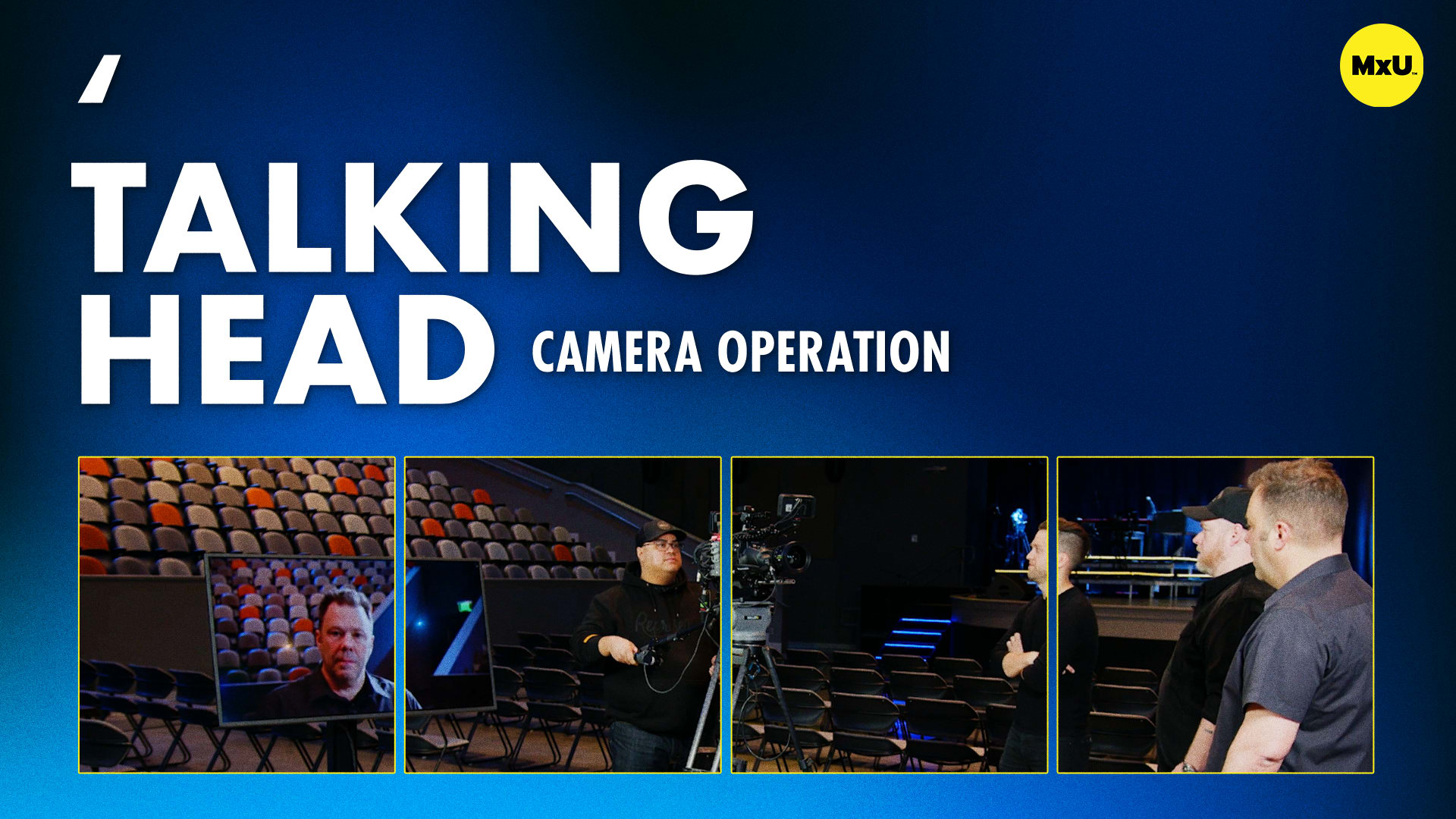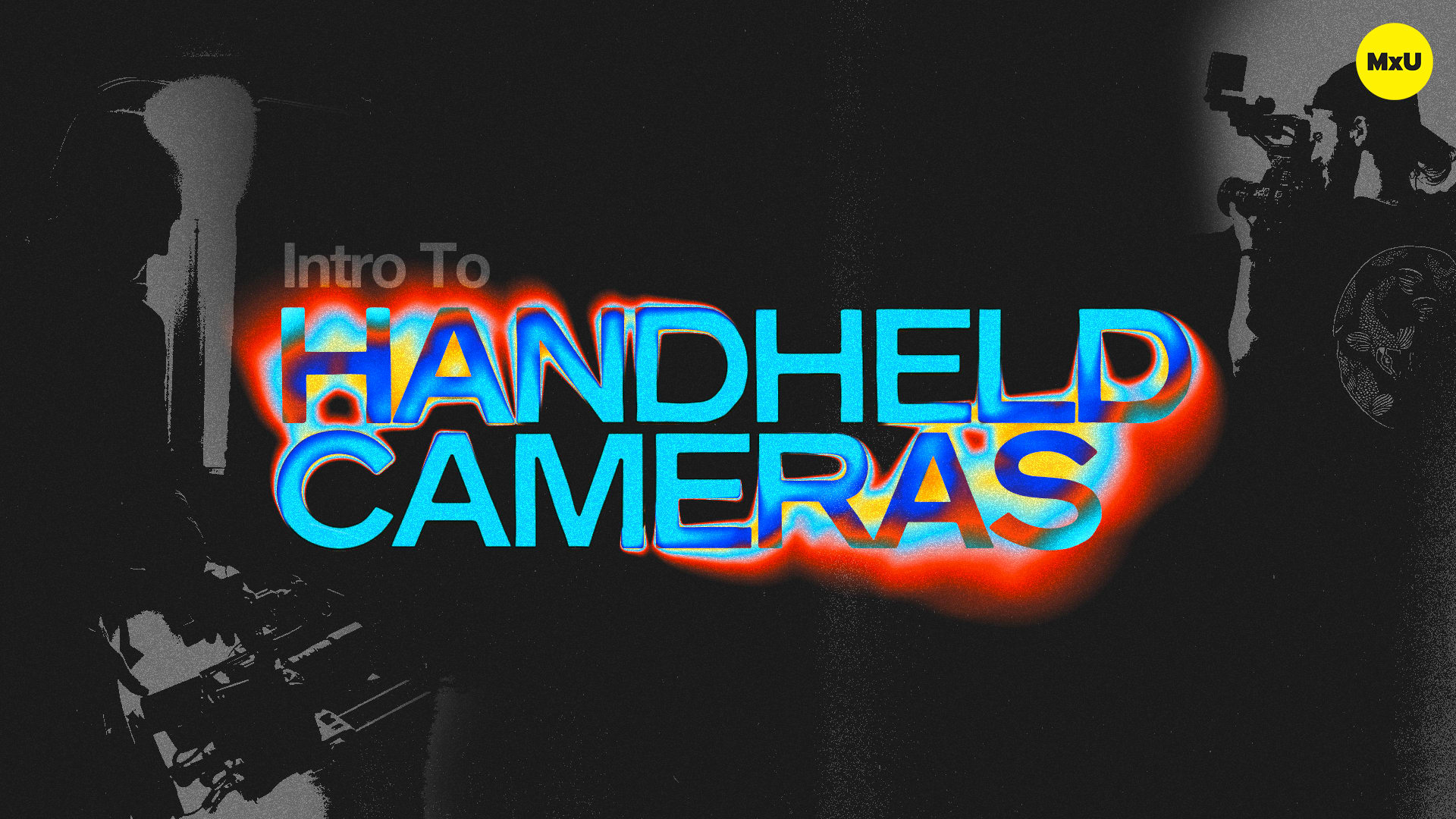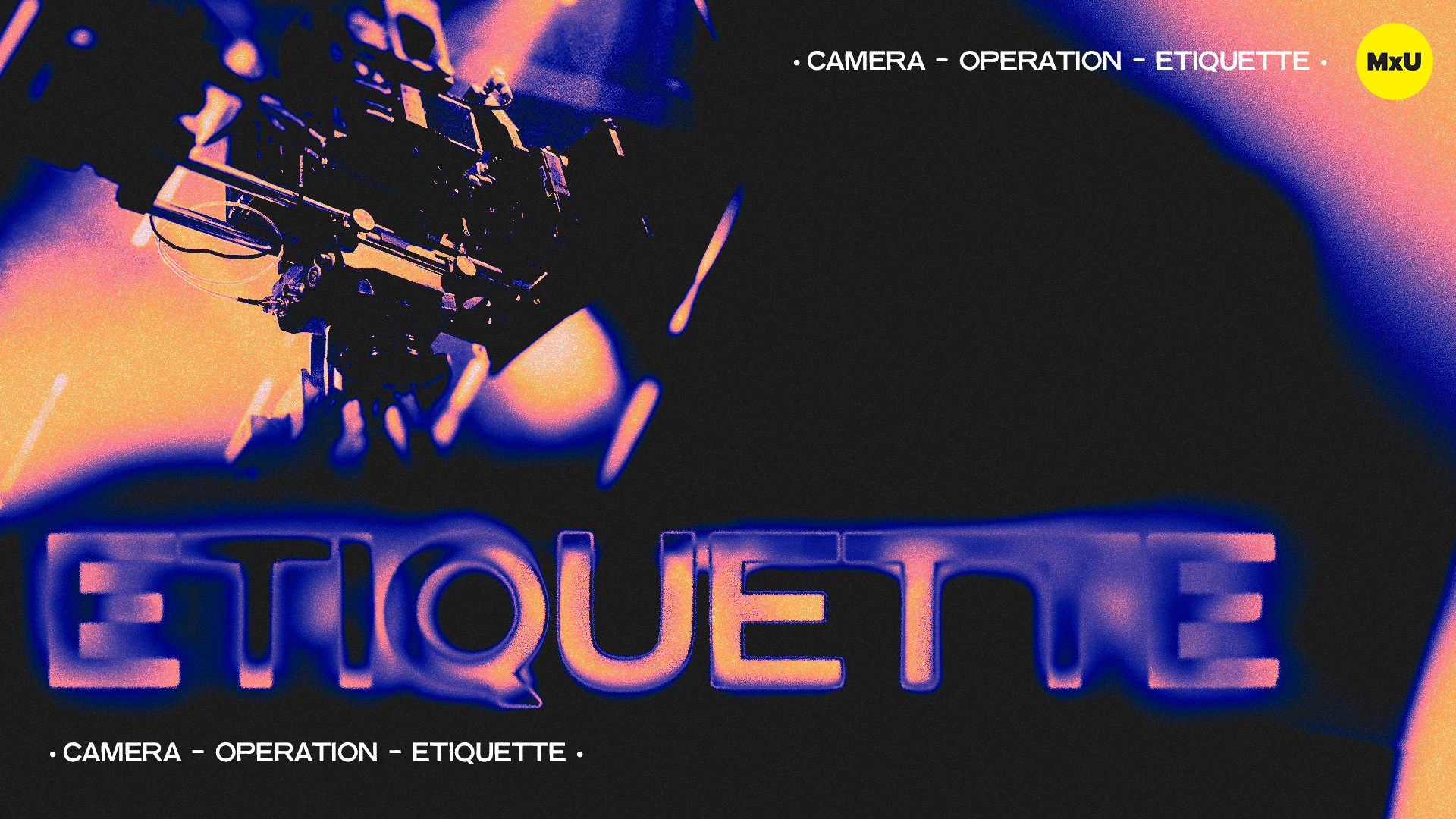

Operating a camera at your church can seem intimidating and in reality, it is. However, the information required is fairly simple and easy to understand. The basics include positioning, movement, focus, zoom, framing and more. Understanding all of these things will help you be the best camera operator you can be, and improve the quality of live video in your church.
Positioning and Camera Handling
To correctly establish your shot, you need to focus on four main areas - zoom, focus, pan, and tilt. Hand placement and control adjustment are key for precise zoom and focus control. Smooth camera movement creates a more cohesive look and eliminates distractions.
The Technical Aspects
Techniques like keeping a sharp focus, or zooming in/out well, and understanding how the impact of these areas will help improve your visual storytelling. The guys discuss strategies for quick focus adjustment to keep moving subjects in sharp detail. They also work through zoom techniques for adding depth and interest to your shots without causing discomfort for viewers in your congregation.
Framing and Composition
A key aspect of getting the right shot is framing. Framing effectively is done by using natural framing markers to compose balanced shots. It’s also important to note that you need to adjust framing to follow subject movement which helps you keep eye level and headroom consistent.
Camera Operation Etiquette
There is a level of skill needed to operate cameras, especially handheld cameras. That skill is developed over time and hours spent working with cameras. However, there are some important things to keep in mind when using a handheld camera. Understand the boundaries of getting close to subjects without disrupting them. Also, manage your cables and be alert with where they are at all times. Keep a low profile to avoid distracting those on platform and those attending your service.
Videos















